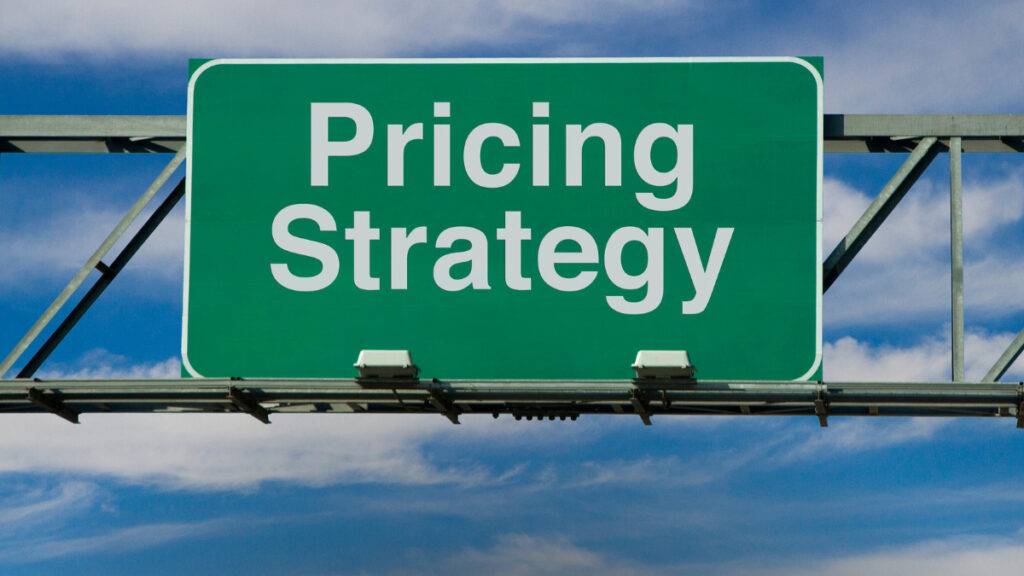Every sales professional, in making a proposal, has the expectation that the prospect will close the deal on the spot. So one of the saddest phrases to hear after a commercial presentation is “I’ll think about it and when I’ve decided I’ll talk to you.”
This is very bad because every salesperson has monthly goals of reach rate and response rate but its impossible to be sure whether the prospect will make an immediate decision or will only make the purchase within a year.
How to get a client to close the deal on time?
This is the question that turns the heads of many salespeople and, to answer it once and for all, we write this post so that you learn how your team can create the sense of urgency during the sales pitch.
First, it is safe to say that when the person does not feel the need to buy after the proposal has been made, the error in this expectation is at the beginning of the approach.
Therefore, from the first conversation with the prospect, the seller needs to be sure that the prospect’s needs are immediate. For this, it is important to know what can happen if the deal does not close quickly.
In this way, the first step is to qualify the prospect in order to know their level of urgency at the moment.
Understand how to discover the level of urgency by qualifying.
Qualifying the leads that come to your company is a key part of the sales job. After all, taking an unqualified lead throughout the entire business process in order to ultimately find that she does not need your product is waste of time and money.
So every time a new lead comes up, you have to get in touch with it and qualify it. In Inside Sales, it is very common to assign this task to SDRs (Sales Development Reps), responsible for making that first contact, and passing on to salespeople only those contacts who are interested in how your company can help you.
So, if you do not already have SDRs in your sales force, it’s important that you have them, as this optimizes the lead time and also the service of your salespeople.
Discovering the sense of urgency is part of that qualification. When making the first contact with the lead and finding out what the goals are to achieve, the sales professional needs to ask the following key question:
– Is achieving this goal a priority for you now?
If the answer is “yes,” then that lead can be passed on to the next business stage, which is to have a conversation with the salesperson so that he can point you to the best solution in terms of product or service.
Find out what the implications and consequences are.
The conversation between the seller and the prospect needs to be divided into two moments: first, it is necessary to gather as much information about him – at this point, the seller should talk less and hear more. Then comes the time to explain to the prospective new customer how your company can help them solve their problems and achieve their goals.
To know more about the prospect, some sales techniques are necessary. Until a short time ago BANT was very used, but today the method GPCT CI BA is applied by some companies with great effectiveness. Therefore, it is important to know what the objectives, plans, challenges and time frame of the prospect are.
When it comes to urgency, finding out the implications and consequences of the sale is very important and is also part of this method. The implications relate to everything your prospect will achieve by achieving the goal he desires. For example, a company may want to double billing to increase the physical structure and the number of people on the team. Or, an individual professional may be interested in marketing his name brand to become an authority or thought leader in his field.
The consequences of not achieving these goals are dire. For example, if a company does not double its billing in a year, it will not be able to sustain itself and will have to close its doors. If an individual professional does not have his name well publicized, competitors will become authorities in his space.
Raising these two points is essential because they can substantiate the sales pitch to create urgency. If the lead is reluctant to do business at the time of closing, for example, the seller might say something like “Barry, you told me that achieving that goal is a priority right now. Also, if you do not reach it, your business may have to shut down. Is that what you want? “
Make a business proposal based on a sense of urgency
If, after the first conversation with the seller, the prospect wants to receive a commercial proposal, the seller must schedule the day and time to present it. Yes, the proposal must be submitted. It’s very common for some vendors to email bids because the lead asked for it that way, but that’s not good practice.
After all, questions may arise and it is much easier to get them out in real time than exchanging a bunch of emails. What’s more, when making a presentation, the seller can also align all the points so that the prospect makes the decision to close the deal right there.
For this, the proposal must be based on the goal that the potential new client wants to achieve. As much as your company has a pre-determined template, you need to customize it according to what the customer wants. At times like this, it is important to remember that your business matters little to him, but the solutions you can provide are that they are of interest to him.
And, before starting the presentation of the proposal, it is worth remembering all the points that were discussed previously. So, you can be sure that nothing is missing and then ask a very important question: “John, after seeing the proposal together, answering all your concerns and aligning all the objectives, are you ready to come on board as a customer?”
If the answer is “yes”, the seller can go ahead. If the person says “I need to think about it” or that the decision would not happen right now, the following question should be asked: “Henry, you told me earlier that achieving that goal is a priority and but now you’re saying the opposite. What has changed from our last conversation here?”
Closing: the “yes” or “no” time
The long awaited time has arrived for the seller, when the prospect should say “yes” or “no” to the proposal presented: it is the moment of closure. This is the most important part of the sales process. Now, all the objectives must be aligned so that the customer has no doubt at the time of closing the deal.
However, there is something that often prevents negotiation from moving forward: Objection. It can come in several forms: The price is too expensive, the lack of need to close the deal immediately, the lack of confidence that the solution can work, the absence of a partner who participates in the decision, etc. The objection is usually linked to some of the four points of the sale – value, necessity, credibility, or authority.
To create urgency when the objection arises, the first step is to identify which of the four points it is linked to and break it by pulling the commitment to close the deal now. If the objection is tied to value, because the cost is above what the prospect expected, the seller should ask what price he would like to pay. Once the prospect responds, the following question should be asked: “Selena, so if I can get that value, would you be ready to buy now?” And so an objection that blocked the sale was turned into an urgency for the purchase to be made immediately.
If it still does not close, make an appointment
There are times when the sale does not take place at the end of the commercial presentation. This does not necessarily mean that the prospect is not interested, but only needs to look more closely at the proposal, check cash flow to align the investment, etc.
The salesperson need not be sad to hear this momentary “no”, but can not end the meeting without scheduling a follow-up, that is, the day and time for the lead to make the final decision.
The follow-up, therefore, is a brief and objective meeting and should only happen once. If someone from your sales team is making several follow-ups with the same prospect without moving the discussion forward, you can be sure that they are not interested in buying.
To prevent a person from scheduling follow-up to a much later date, such as a month or more from now, the sense of urgency must come back. A very effective tactic is to offer a condition to close the deal in the current month using a discount. But you have to know how to do it.
Learn how to offer special conditions
– The price is expensive.
“In that case, I’ll get you a 10% discount.”
– Okay, I’ll think about it.
This is an example of what not to do when offering special conditions like discounts, bonuses, benefits, among others. After all, a discount is an exchange where the money goes out of the seller’s pocket to get into the customer’s pocket. And for this exchange to be worthwhile, the commitment must be to close the deal on time.
Therefore, to generate urgency through this technique, it is necessary, before offering it, to make sure that the prospect will shake the dealer’s hand if it is granted. So the right way to do this is:
– The price is expensive.
– Got it. Carla, if I get you a discount (X%), will we close the deal now?
– Yes.
– Great, deal closed.
Make the customer realize the urgency
Some salespeople make the mistake of trying to get the person to buy right away, using approaches such as:
– Buy it now and get the discount! It’s only this month!
– If you close now, you get an exclusive bonus! But it’s just today!
This speech is wrong because the seller focuses on the urgency in himself, not the customer. Whoever works with sales has goals to achieve and the customer knows that – so the first thing he thinks about being addressed in this way is “this guy just wants to sell me.”
The key point is to make the customer realize how important it is, for him, to close business immediately. He must know that there are consequences that he will have to bear if he does not buy the solution his company offers.
Use words of urgency throughout the sales pitch
As you may have noticed, there are many words that reinforce urgency during dialogue with the prospective new client.
So, the salesperson must have in his vocabulary terms like “now”, “already”, “prices will rise”, “limited time”, “only today”, “last chance”, “offer valid until.”
Some salespeople may feel uncomfortable using these terms so they do not look desperate and drive away the prospects. But if this work is not done, the sense of urgency will not be awakened, and at the time of closing, the prospect may say the phrase we raised at the beginning of this text: “Let me think about it.”
Following the points raised in this article, your business team will be more apt to close more business through a sense of urgency. And, if you need to optimize the way your seller prepare contracts, budgets, and proposals that are presented to your customers, then contact us.
Learn more about sales pipeline by clicking here.






